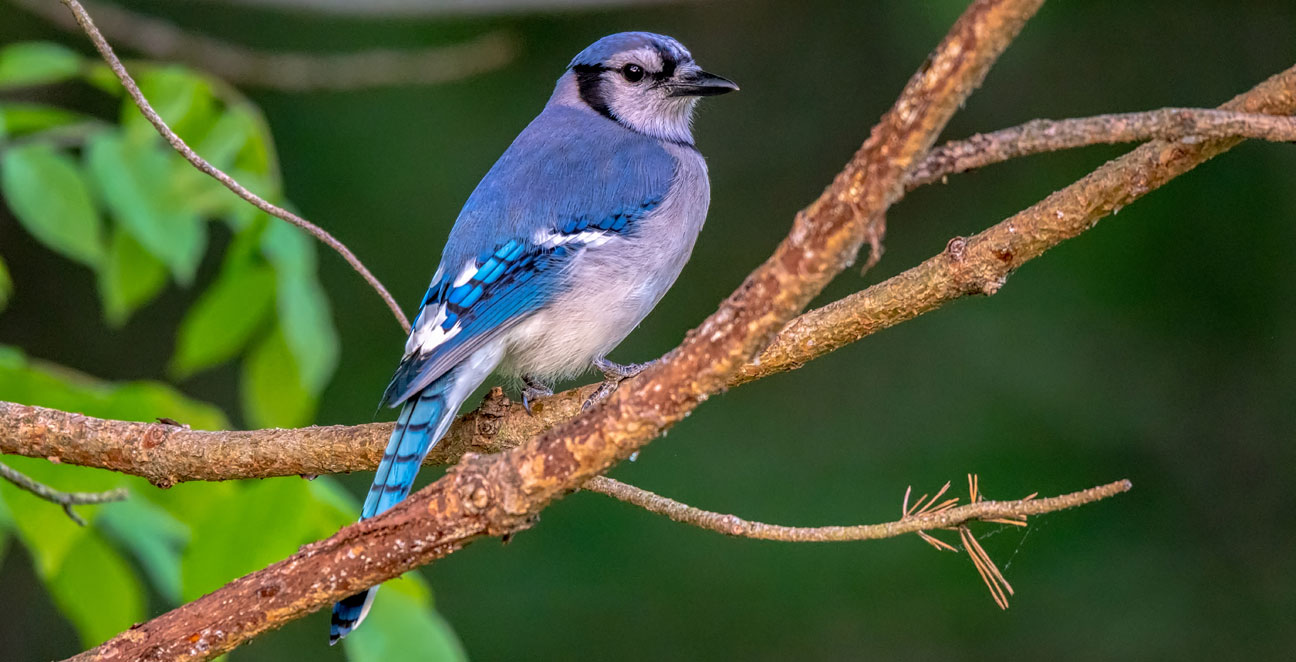
European Starling
Scientific Name:
Sturnus vulgaris
Length:
7.9-9.1 in (20-23 cm)
Weight:
2.1-3.4 oz (60-96 g)
Wingspan:
12.2-15.8 in (31-40 cm)
Nest:
The nest is in any kind of cavity; usually in natural hollow or woodpecker hole in tree, in birdhouse, or (in southwest) in hole in giant cactus. Sometimes in holes or crevices in buildings or other odd spots.
Eggs:
4-6, rarely 7. Greenish white to bluish white, unmarked. Incubation is by both parents (female does more), about 12 days. Starlings sometimes lay eggs in each other's nests.
Feeding Behavior:
The food range includes spiders, crane flies, moths, mayflies, dragonflies, damsel flies, grasshoppers, earwigs, lacewings, caddisflies, flies, beetles, sawflies, bees, wasps and ants. They also eat fruits including wild and cultivated cherries, holly berries, hackberries, mulberries, tupelo, Virginia creeper, sumac, and blackberries; as well as grains, seeds, nectar, livestock feed, and garbage.
Young:
Both parents feed nestlings. Young leave nest about 21 days after hatching. 2 broods per year.
Range:
Widespread throughout the Northern Hemisphere, the bird is native to Eurasia and is found throughout Europe, northern Africa, India and extending into the Maldives Nepal, the Middle East including Israel, Syria, Iran, and Iraq, and northwestern China.
Brief Description:
The plumage is iridescent black, glossed purple or green, and spangled with white, especially in winter. The underparts of adult male common starlings are less spotted than those of adult females at a given time of year. The legs are stout and pinkish- or greyish-red.